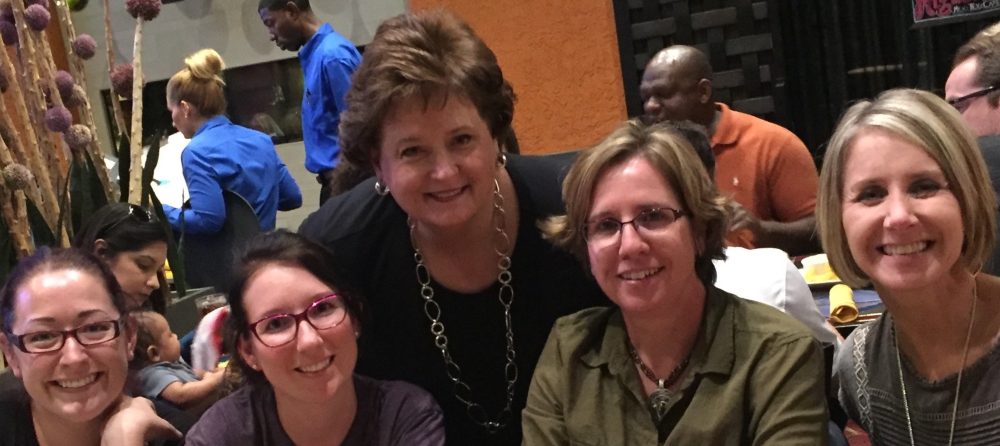If a professor saw two students walking together across campus, one student carrying textbooks while the other was using crutches, the assumption would be that one of the students suffered an injury. The need for assistance would be obvious. Today though many students suffer an “invisible injury”, which has different characteristics than a leg injury. Numerous students, especially athletes, deal with the results of a concussion from a practice or competition. In some cases of a concussion, there are no outward signs, which makes it difficult for the athlete to func tion in the classroom. The lack of direct input from students with concussions means professionals have limited insight into perceptions about students’ challenges and successes associated with college experiences (Childers, 2016).
tion in the classroom. The lack of direct input from students with concussions means professionals have limited insight into perceptions about students’ challenges and successes associated with college experiences (Childers, 2016).
As students with concussions enter the classroom, do the majority of faculty know strategies for helping students return to learn? How can those responsible for the care of the athlete communicate information across campus in a timely and effective manner? Providing answers to these questions will help provide a guideline for those responsible for care and education of the student-athlete.
A paucity of research exists on the educational outcomes of students who sustain concussions because much of the current literature is based on adults and/or athletes (Klug, 2015.) Research on concussions provides insight on what a college student-athlete will deal with in the classroom after suffering a concussion. Cognitive symptoms are common in the first week after a concussion and may include impairments in concentration, processing, and working memory (Lundin, de Boussard, Edman, & Borg, 2006.) Anticipated problems that a concussed student will face include sensitivity to light, which will cause difficulty in following a power point presentation or video content. The student will also experience issues with reduced attention span, which will affect his/her ability to engage in classroom discussion. Both coaches and classroom instructors will also recognize that a key concept in concussion recovery is rest, which means that students will miss practice, games and potentially class so that they can allow their brain to recover from the concussion. For most college students, cognitive rest following concussion means avoiding the classroom for at least one day. The student can expect to be in concussion protocol for seven to ten days, which means the student may miss several days of class.
Because of these issues, the care of the student-athlete extends beyond the training room. Given the impact concussion has on students’ social, physical, behavioral, and emotional functioning, numerous stakeholders (e.g., school nurse, medical doctor, school psychologist, teacher) are likely to be involved (Klug, 2015.) A successful transition from this injury requires communication between the student, staff and faculty. Athletic trainers will need to work with the student to provide them the information they need to share with the instructors in the classroom. As each individual deals with concussions in a different way, the student must understand the need to inform their professors what they are specifically dealing with. Trinity College in Connecticut distributed a six-page document to their faculty, which details the many issues a concussed student will encounter in the classroom. What opportunities exist at your campus for dissemination of a concussion document? The National Athletic Trainers Association also provides a template for concussion protocol at https://www.nata.org/practice-patient-care/heal for universities looking to make that first step.
The character Phaedrus in Plato’s dialogical approach reminds us “things are not always what they seem.” While a student recovering from a concussion may appear to be normal on the outside, we must be aware of the challenges that they face mentally. The lack of crutches or a cast does not mean that the athlete is fully functional. Each area of university life will need to recognize the signs of a concussed student-athlete. In addition, they will need to be aware of the necessary steps that are required to help the student continue with their academic progress.
John Neese, HSU Doctorate in Leadership Student
Director of Athletics, Hardin-Simmons University
jneese@hsutx.edu
References
Childers, C. (2016). Invisible injuries. The experiences of college students with mild traumatic brain injury. Journal of Postsecondary Education and Disability, 29 (4), 389-405.
Klug, K., Garafano, J., & Courtney, L. (2015). Returning to school after a concussion. Facilitating problem solving through effective communication. School Psychology Forum. 9 (3), 184-195.
Lundin, A., de Boussard, C., Edman, G., & Borg, J. (2006). Symptoms and disability until 3 months after mild TBI. Brain Injury, 20, 799–806.

